By Lori D. Palmquist, CID, CIC, CLIA, CLWM
Smart irrigation controllers rock! How do I know? I’ve installed 30 of them (12 different models), and I’m seeing terrific results. On the average, I’ve seen them lower water consumption by 40 percent. Smart controllers, also known as ET controllers and weather-based controllers, respond to daily changes in the weather by adjusting either the runtime of the individual irrigation zones, or the watering days, or both.
Smart irrigation controllers have revolutionized the way we water our landscapes. The old behavior of programming irrigation controllers for existing conditions, and leaving that schedule until someone returns to change it, is becoming a thing of the past.
It is a generally accepted statistic that we overwater our landscapes by a margin of 200%. There is a great need for the use of controllers that adjust their schedules daily, in response to weather conditions.
The current trend is toward state legislation requiring weather-based irrigation controllers.
An important point needs to be made here. Inefficient, problem-riddled irrigation components will not magically improve their performance, if a smart controller is installed. If anything, a smart controller will very quickly reveal the weaknesses of an inefficient or faulty system.
When an irrigation system has bad coverage, due to poor design or broken, sunken, tilted, or blocked sprinklers, traditionally we have added more runtime minutes to apply more water, resulting in significant water-waste. Smart controllers are very different from standard controllers, in that they have no feature to allow the user to simply “add minutes.” If you want a smart controller to compensate for irrigation inefficiency, you have to learn how to program it in such a way as to “outsmart” it, as it is programmed to behave in efficient ways only.
There are two sources of weather data that inform smart controllers. One is professional grade, off-site weather stations. The smart controllers that access off-site weather data often have a monthly, small fee for the acquisition and delivery of the data. The other source of weather data is on-site weather sensors, monitors, and soil-moisture sensors. This strategy involves buying the equipment up front, with no on-going, data-service fees.
There are more than 30 weather-based smart controllers and several soil-sensor-based controllers on an approved list from Smart Water Application Technologies or SWAT. It can be daunting to know how to decide which controller would be the most appropriate in any given situation.
Following are some of the factors for you to consider when deciding which controller is the best one for the job:
- Size of landscape
- Number of controllers needed for the landscape
- Budget
- Ability of a pager or cell phone tower signal to reach the controller (signal strength)
- Importance of accuracy of the data
- Whether up-front costs (on-site data gathering) or on-going fees (off-site data gathering) are preferred
- Whether you are hands-on, or want the installer to monitor and maintain the system
- Which controller you (or the installer) feel confident using
Good Tip: The best way to determine which controller to choose is to consult with someone in your area who has hands-on experience with a number of different controllers. Contacting a local water purveyor, professional irrigation supply store, or landscape contractor trade organization, are a few possibilities.
Smart controllers are the future of irrigation scheduling. Some states already require them for new landscape installations. There are also many rebate programs offered by cities and water purveyors for retrofitting this technology into existing systems.
Know that there is a learning curve to understand installation, usage, and monitoring of irrigation systems that use smart technology. Many manufacturers offer extensive tutorial videos and literature on their websites. The manufacturers’ reps and technical support crews are also extremely helpful in ensuring that the controllers are installed and monitored properly.
I am having tremendous success with smart controllers, and endorse them wholeheartedly. I also applaud and appreciate the considerable efforts of manufacturers to produce effective and user-friendly systems. I see how proud my clients are to know that they are stewards of our earth’s resources. They’re also happy to lower their water bills. The fact that we can witness irrigation systems responding daily to changing weather conditions is an awesome notion to me.
Lori Palmquist is an irrigation web app developer, irrigation designer, consultant, and educator in the San Francisco Bay Area. She is a strong advocate for water efficiency in the landscape.
Smart Controllers



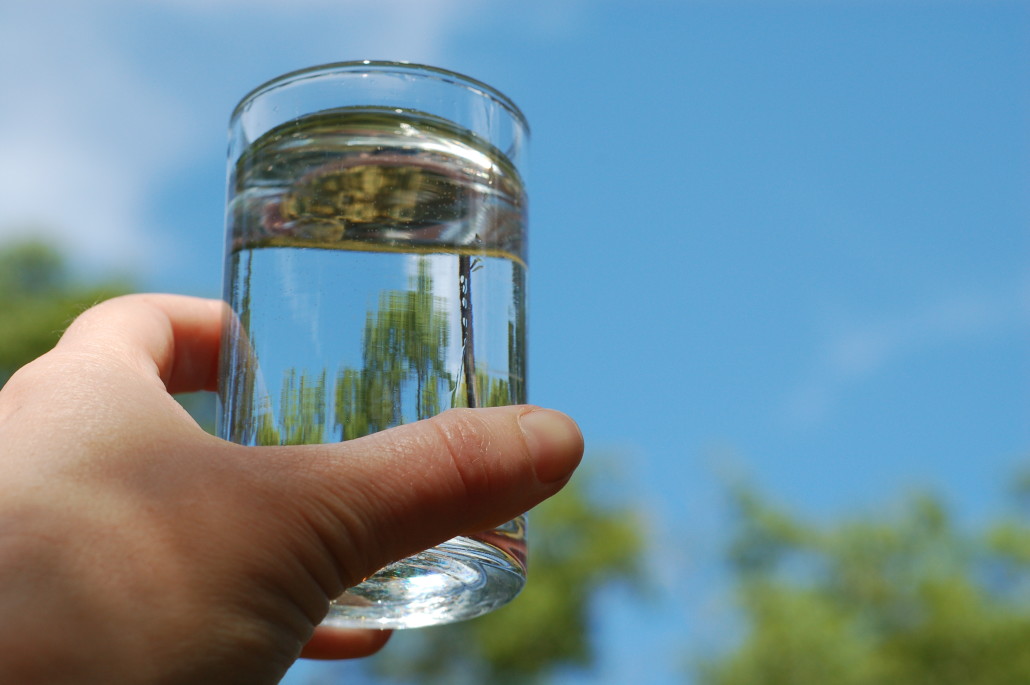
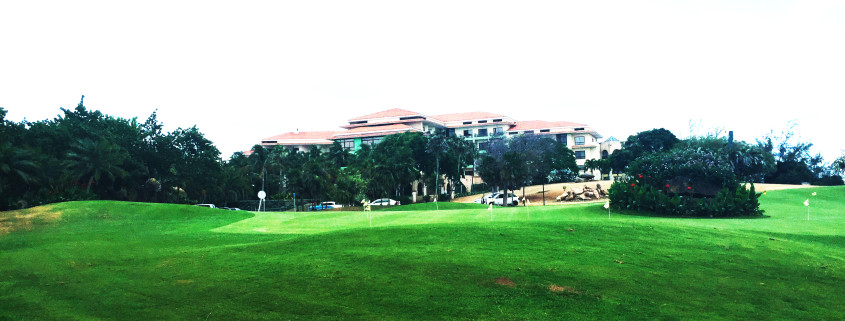

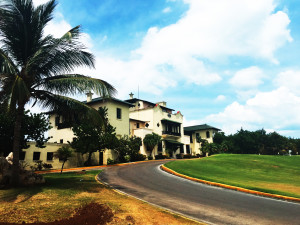

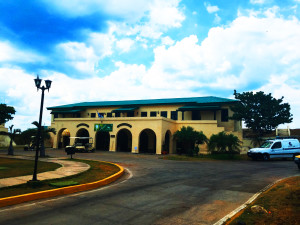
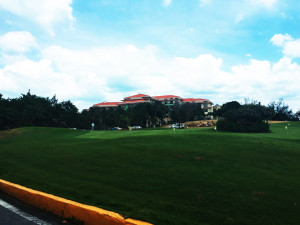
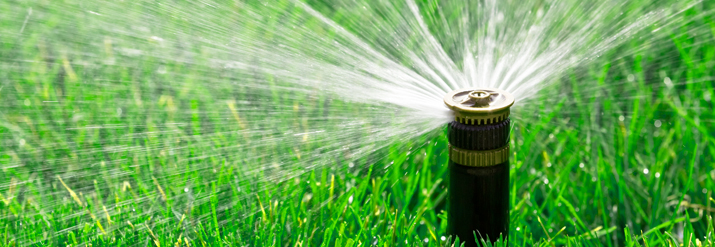
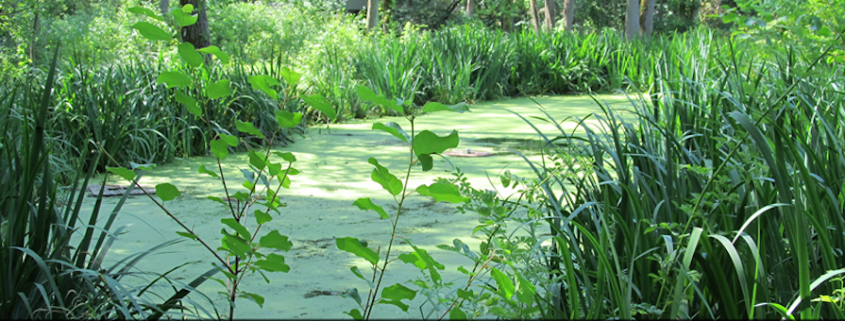




Follow Us!